Explore the top 10 famous revolutionary historical sites in Vietnam. Discover their rich history and significance, offering a glimpse into the nation’s heroic past.
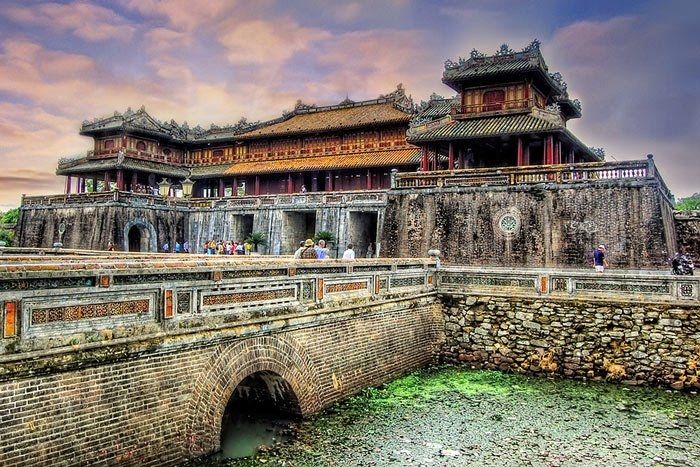
Photo: Internet
Vietnam is a country steeped in rich history, marked by resilience and revolutionary spirit. From ancient struggles to the fight for independence, Vietnam’s historical sites tell powerful stories of courage and sacrifice.
This journey through Vietnam's revolutionary past leads us to ten iconic locations that serve as reminders of the nation's enduring spirit. Each site offers a unique glimpse into pivotal moments and figures that shaped Vietnam's path to freedom.
Whether you're a history enthusiast or simply curious about the nation's heritage, exploring these sites will deepen your appreciation for Vietnam's remarkable journey. Join Vietnam Travel Group as we uncover the top 10 famous revolutionary historical sites that embody the essence of Vietnam's fight for independence and justice.
1. Independence Palace
Independence Palace is a renowned architectural landmark built by the French in Saigon. Its design harmoniously blends modern architecture with traditional Eastern styles. The palace served as the residence and office of the President of the Democratic Republic of Vietnam during the war.
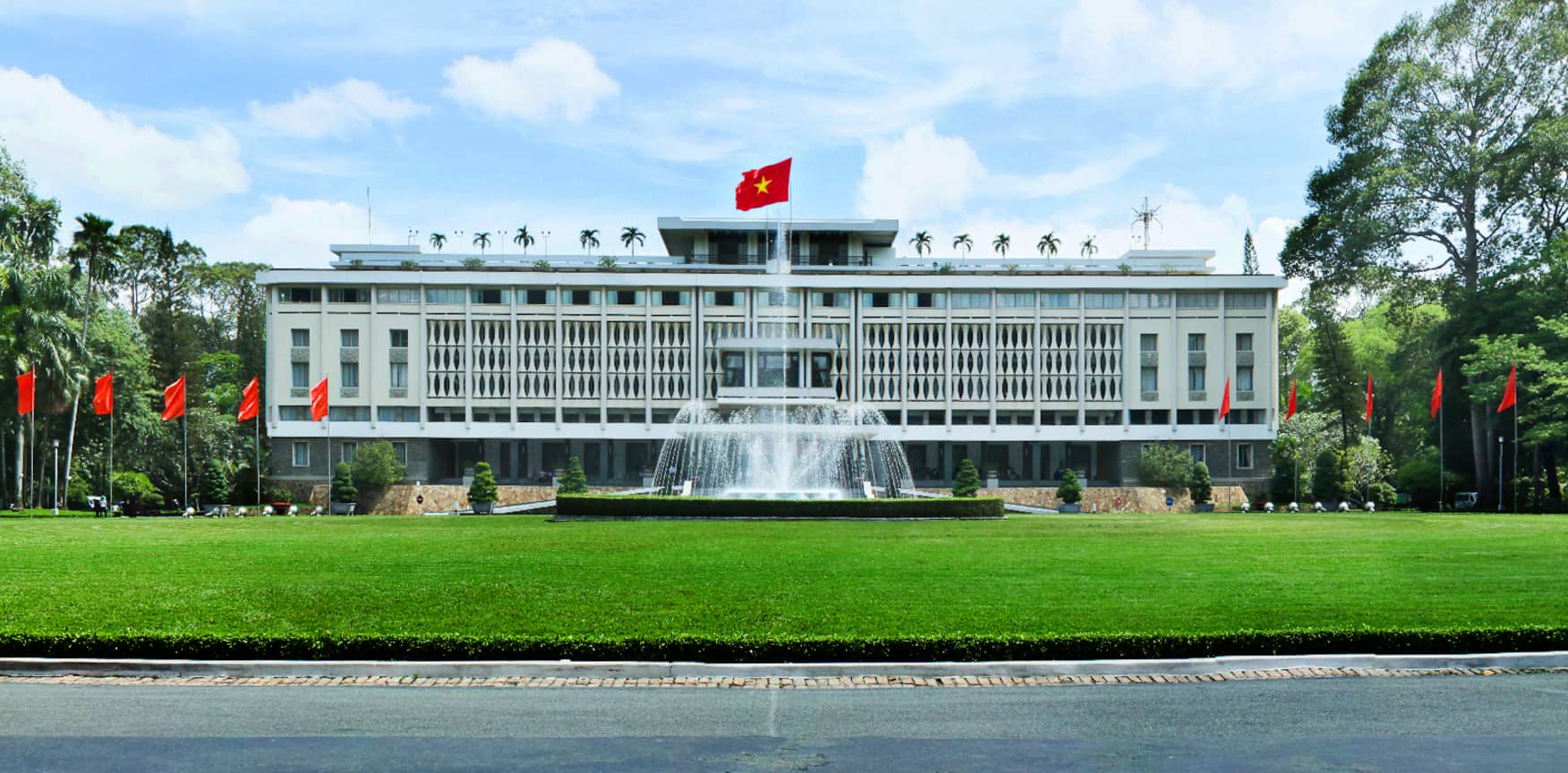
Photo: Internet
Covering an area of 4,500 square meters on a 120,000-square-meter lot, featuring 100 rooms, with each uniquely arranged according to its purpose. In 2009, Independence Palace was designated as one of the first ten special national monuments in the country.
2. Cu Chi Tunnels
Cu Chi Tunnels is a historical site featuring an extensive underground defense system located in Cu Chi. Recognized as one of the six most remarkable artificial constructions in the world, it is also among the seven most intriguing destinations in Southeast Asia.
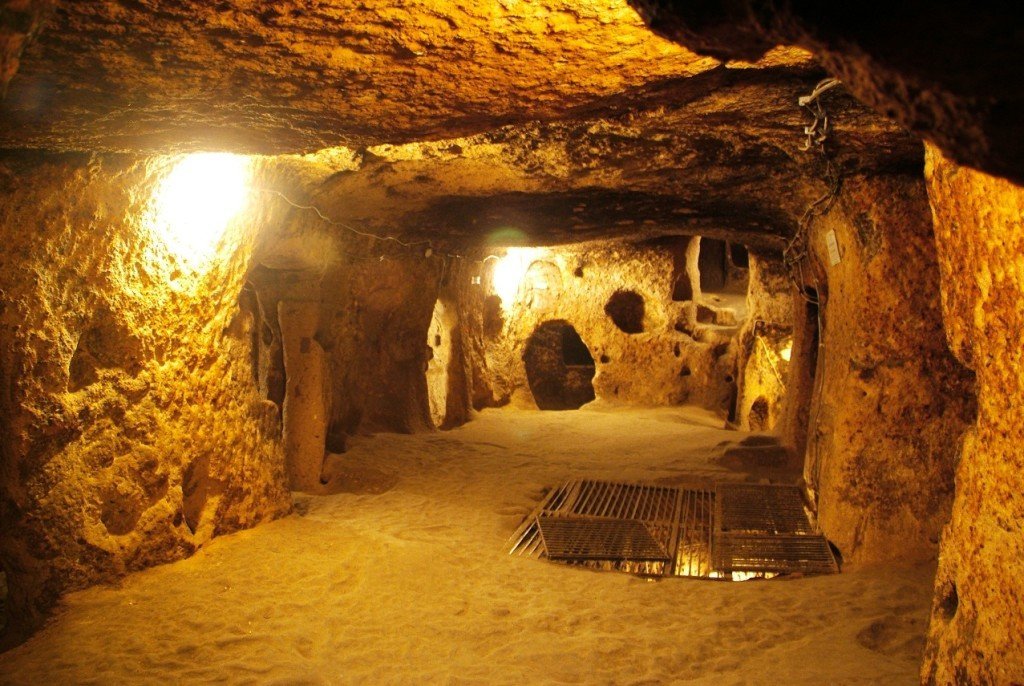
Photo: Internet
This tunnel network was excavated by the Viet Minh resistance movement and the National Front for the Liberation of South Vietnam during the Indochina and Vietnam Wars. It includes a medical facility, numerous living quarters, kitchens, storage rooms, workspaces, and an intricate underground tunnel system stretching about 250 kilometers. Coming to Cu Chi Tunnels with Vietnam Travel Group, visitors will see that the tunnels are located 3 to 12 meters underground, with a height just sufficient for a person to crawl through.
3. Ho Chi Minh Memorial Site
Ho Chi Minh Memorial Site at the Presidential Palace, commonly referred to as the Presidential Palace Historical Site, is where Ho Chi Minh lived and worked for the longest period.
On May 15, 1975, the Ministry of Culture and Information designated it as a historical site. Currently, it has been included in the list of 23 special national monuments by the Prime Minister of Vietnam.
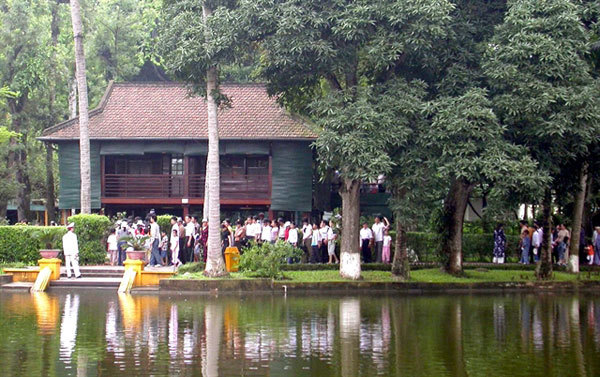
Photo: Internet
The total area of the site exceeds 14 hectares, with 22,000 square meters officially listed, encompassing 16 structures. The oldest of these buildings has stood for over 100 years, while the newest is over 40 years old.
4. The Imperial City of Hue
The Imperial City of Hue is a complex of historical and cultural monuments constructed in the capital city from the early 19th century to the mid-20th century. Throughout its turbulent history, Hue has preserved the distinctive features of an ancient capital, housing hundreds of exquisite artworks that embody significant cultural, stylistic and historical values.
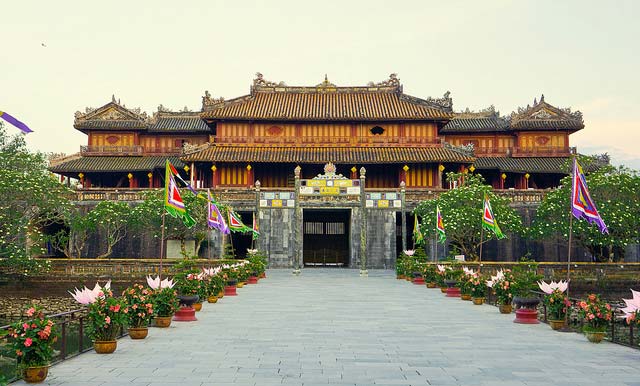
Photo: Internet
In terms of architectural heritage, Vietnam Travel Group will suggest some notable sites include the Imperial City, Royal Citadel, Forbidden Purple City, and the tombs of Nguyen kings. On December 11, 1993, the Complex of Hue Monuments was recognized by UNESCO as a World Cultural Heritage Site and included in the list of 62 special national monuments by the Prime Minister of Vietnam.
5. Hanoi Flag Tower
The Hanoi Flag Tower was built in the 19th century. It is now the most intact and impressive structure within the Thang Long Imperial Citadel complex.
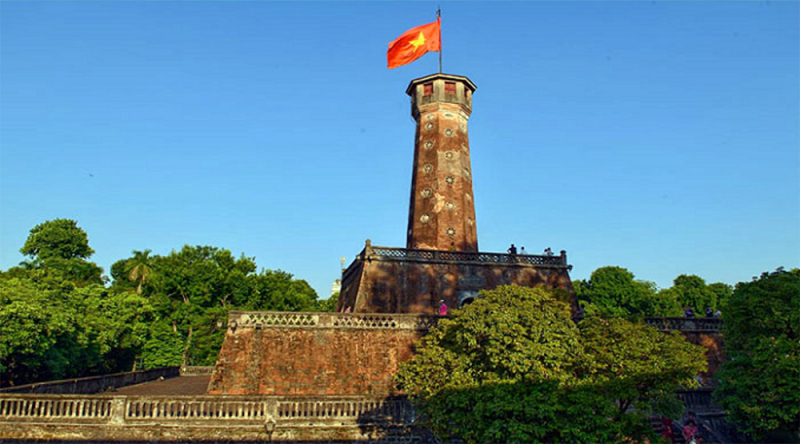
Photo: Internet
The tower features three square-tiered bases that taper upward, each smaller than the one below and surrounded by brick walls. In 1989, the Hanoi Flag Tower was recognized as a national historical and cultural monument.
6. Thang Long Imperial Citadel
The Thang Long Imperial Citadel (Hanoi) is one of the most important historical complexes in Vietnam. This grand architectural site was built by various dynasties over different periods, closely tied to the history of the Thang Long capital.
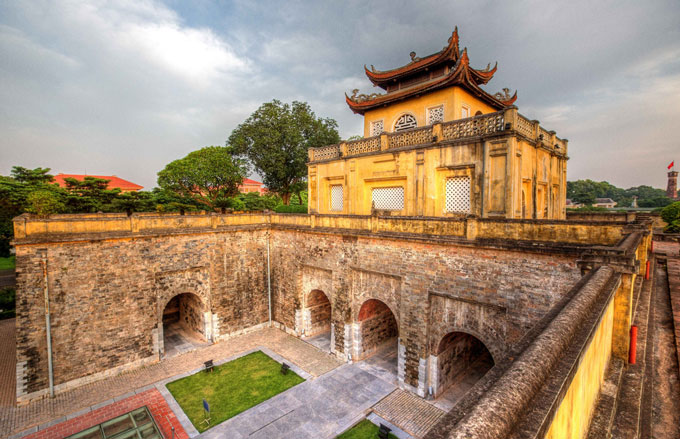
Photo: Internet
On August 1, 2010, the World Heritage Committee (WHC) of UNESCO approved the resolution to recognize the Central Sector of the Thang Long Imperial Citadel - Hanoi as a World Cultural Heritage Site.
7. Historical Site of Pac Bo
Pac Bo is a renowned revolutionary site where President Ho Chi Minh directly led the Vietnamese revolution. The name Pac Bo literally means "source mouth." On February 8, 1941, Ho Chi Minh chose the Coc Bo Cave in Pac Bo as his residence after 30 years abroad, marking his return to the homeland to lead the revolution.
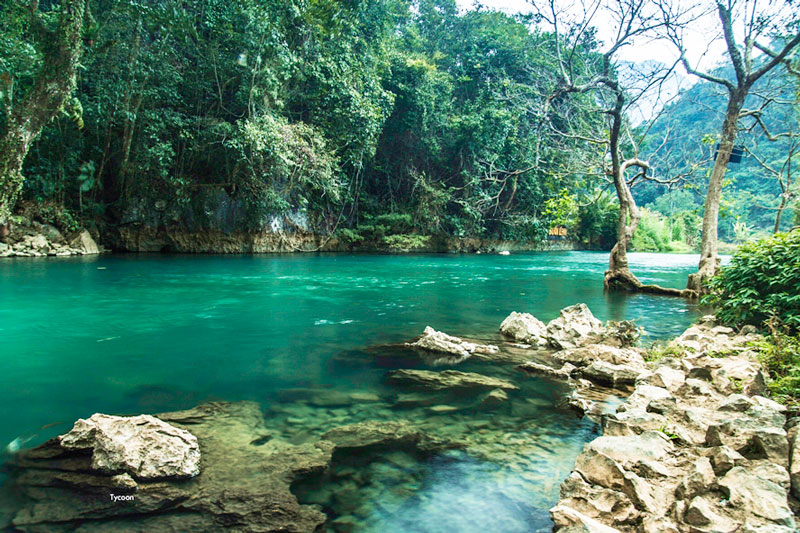
Photo: Internet
Located in Cao Bang, Pac Bo is surrounded by rugged mountains, inviting waterfalls, and lush green bamboo groves that grace the sky. In addition to its stunning natural beauty, visitors can explore historical landmarks such as Bo Bam Cave, Co Rac Field, Coc Bo Cave, Lenin Stream, and Marx Mountain.
8. Historical Site of Hoa Lu Ancient Capital
Hoa Lu Ancient Capital is a unique architectural complex located in Ninh Binh. It has been recognized by UNESCO as one of the four core areas of the Trang An World Heritage Site. Additionally, Hoa Lu has been designated by the government as a key national cultural heritage site that requires protection.
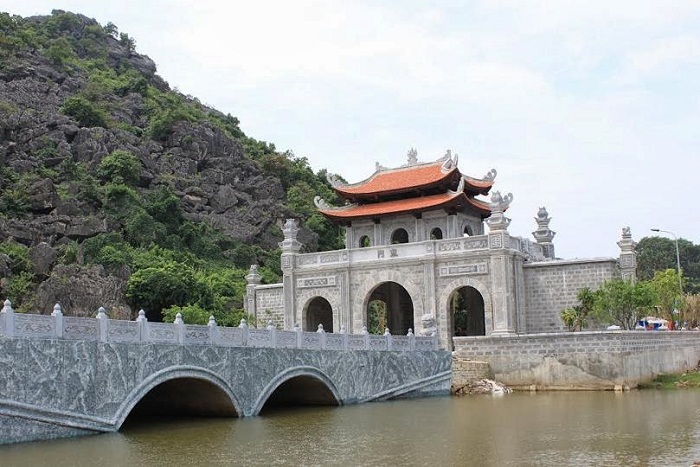
Photo: Internet
With a history spanning over 1,000 years, Hoa Lu has preserved historical relics from various eras despite numerous challenges. Among its notable features are the sturdy city walls and the majestic temples dedicated to King Dinh Tien and King Le Dai Hanh. This site is a must-visit destination for exploration and experience in Ninh Binh.
9. Bach Dang Victory Historical Site
Bach Dang Victory Historical Site comprises a complex of stakes, temples, and shrines located along the left bank of the Bach Dang River. Throughout the history of our nation, this river has witnessed three significant victories where our people defeated powerful northern invaders using wooden stakes planted in the riverbed.
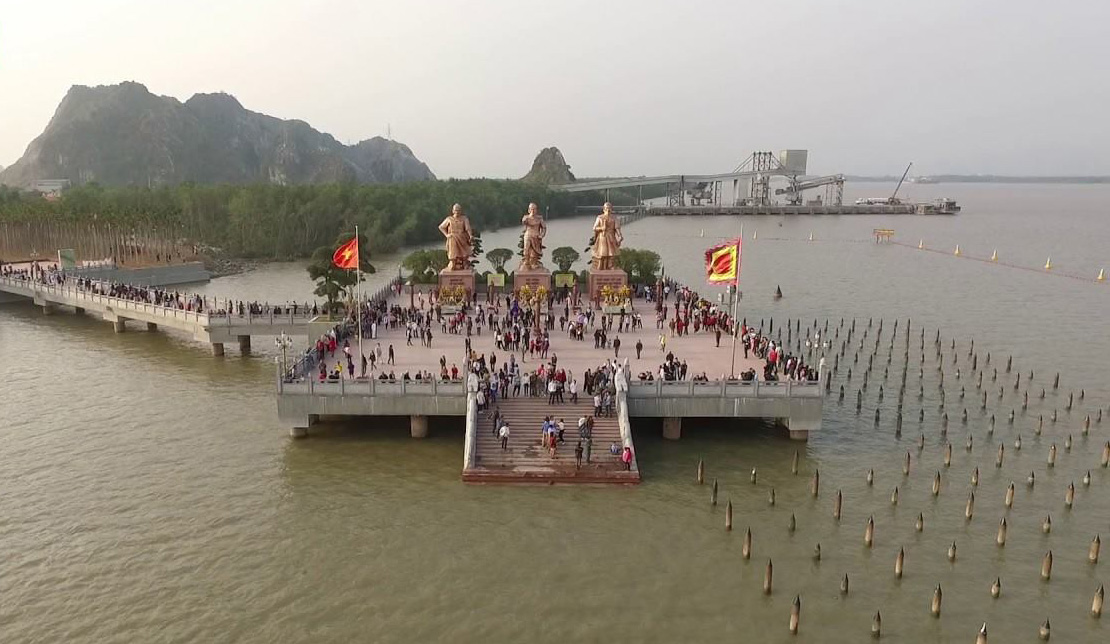
Photo: Internet
On September 27, 2012, the Bach Dang Historical Site was officially designated as a special national monument by the Prime Minister of Vietnam in Decision No. 1419/QĐ-TTg.
10. Martyrs' Temple at the Dien Bien Phu Battlefield
Situated on Hill F-1, within the 45 sites of the special national monument complex of the Dien Bien Phu Battlefield, the Martyrs' Temple serves as a significant cultural and historical site for visitors to pay tribute to the heroes who sacrificed their lives for the nation’s independence and freedom.
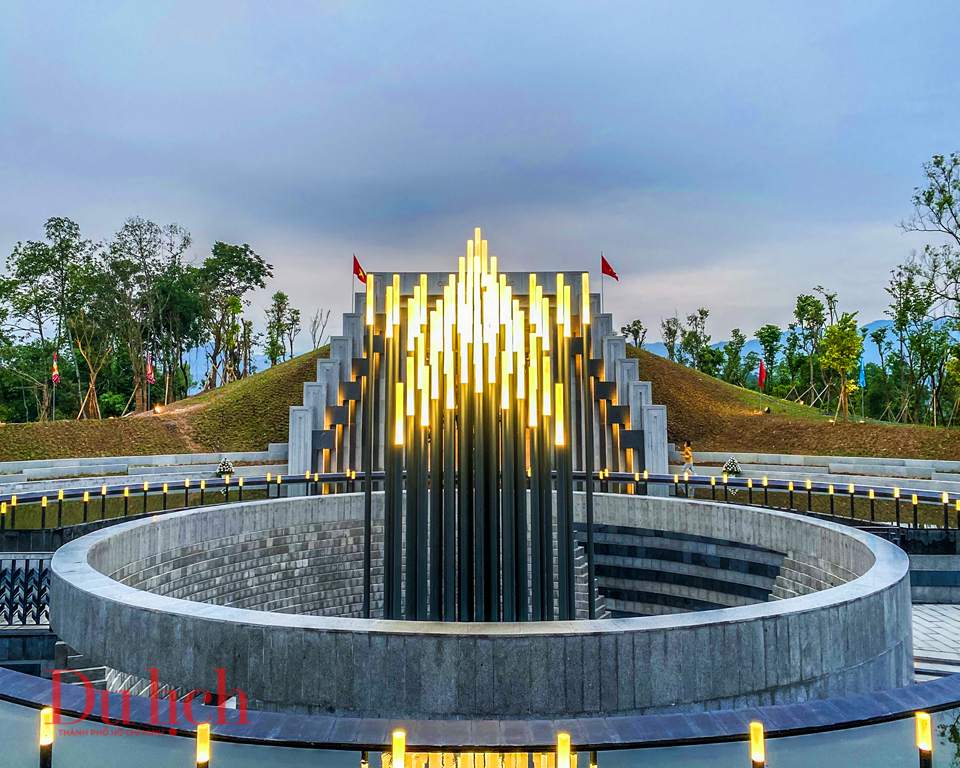
Photo: Internet
Covering an area of 50,000 square meters, the Martyrs' Temple at the Dien Bien Phu Battlefield is a unique complex that harmonizes historical, cultural, and ecological elements. The three main halls feature motifs of clouds and sun, symbolizing the resilient spirit of the nation.
In conclusion, Vietnam’s historical sites offer a profound insight into the nation’s struggles and triumphs. These sites not only honor the past but also inspire future generations to cherish their heritage.
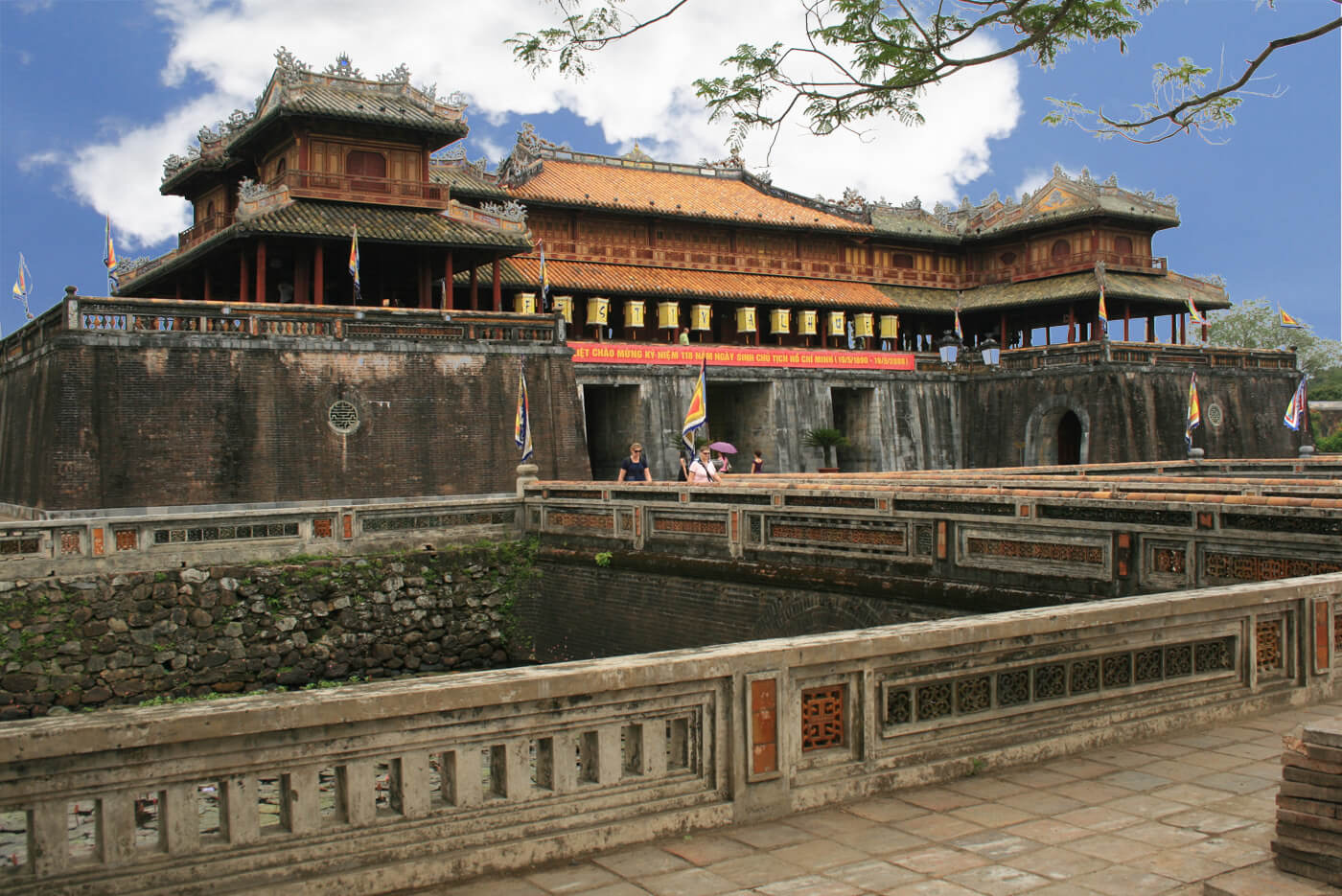
Photo: Internet
Whether you’re a history buff or simply seeking to understand Vietnam’s rich cultural tapestry, visiting these iconic landmarks will deepen your appreciation for the country's enduring spirit and commitment to independence. Join Vietnam Travel Group in exploring these remarkable sites and celebrating Vietnam's heroic journey.